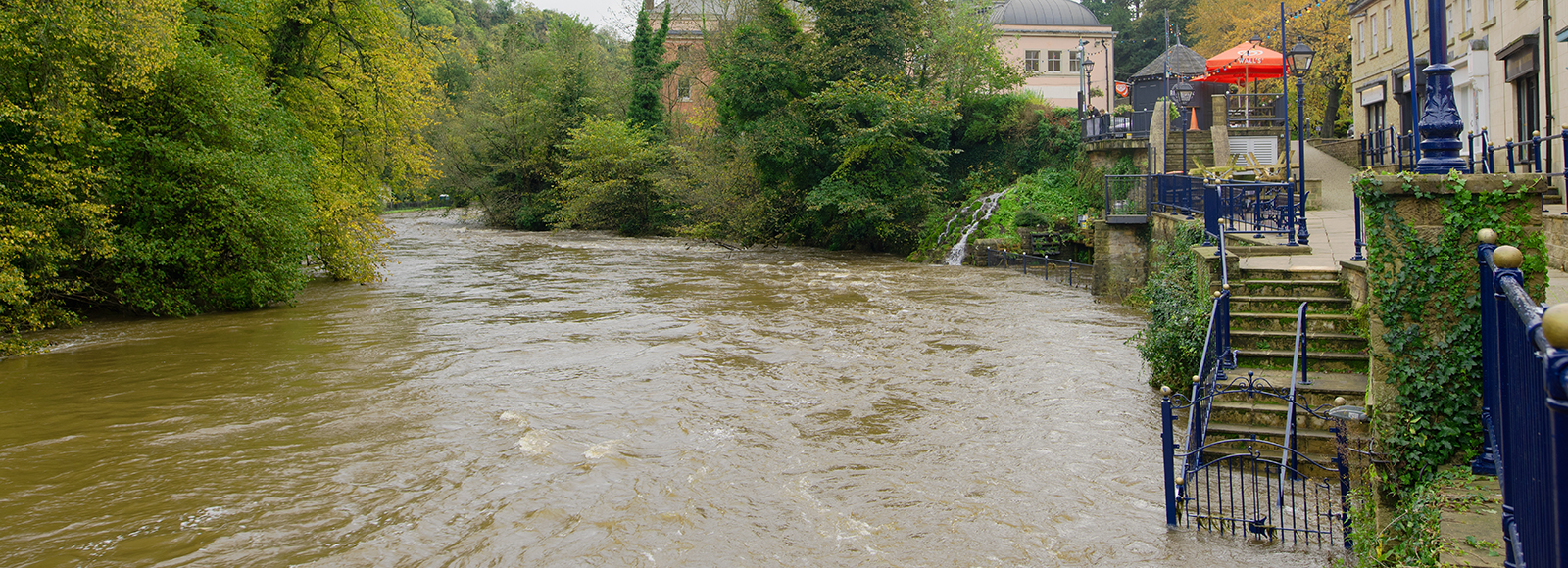Storm Babet: how can the UK build better insurance resilience?
Early autumn has seen the UK once again fall victim to flooding, as Storm Babet worked its way across Europe.
As well as power outages across communities in Scotland and the north of England, hundreds of homes have had to be evacuated with many more irreparably damaged. The level of destruction caused by days of high winds and rain has also escalated into fatalities.
Amid the devastation of losing homes and possessions to the storm, many have done so without insurance cover which was either too expensive or too difficult to obtain. Many others have suffered damage that could have been mitigated or avoided.
Dr Eugenia Cacciatori, Senior Lecturer in Management at Bayes Business School (formerly Cass) and co-author of Disaster Insurance Reimagined: Protection in a Time of Increasing Risk said insurance schemes needed to be more widely accessible and better integrated with resilience in order to be fit for purpose.
“Insurance can be a very important part of building resilience to the increase in weather-related disasters we are beginning to witness, because it provides money to rebuild and can help in rebuilding better” she said.
“Weather-related disasters not only threaten the lives of those that are forced to vacate their homes, but in many cases, the savings of a lifetime and sometimes generations invested in hard-earned private or commercial property can be lost.”
“Floods can create poverty cycles that are very difficult to escape”
“Escalating losses will make it harder for communities to insure their properties and assets. But subsidising insurance to simply rebuild as before is only an expensive short-term fix and will rapidly become unsustainable. Insurance against disasters only has a future if it is integrated with other measures that reduce vulnerability.”
Schemes arising from coordinated action between governments and the insurance industry have an important part to play. An example of such schemes is Flood Re, which aims to make flood cover more affordable and accessible for the homes at higher risk of flood for which private market insurance would be unavailable or too expensive. Flood Re is partly financed through a levy on insurers.
“Schemes such as Flood Re can help, but only if they help reduce vulnerability in the future,” Dr Cacciatori continued.
“Flood re has begun to work in this direction by helping to finance Build Back Better initiatives, which will reduce damage next time around, for instance, by raising electrical sockets or using more resistant flooring.”
“While initiatives at homeowner level are important, much more needs to be done in areas such as planning and building standards, and insurance wealth of knowledge on risk has an important part to play”.
“Integrating insurance in the wider resilience landscape is not easy and many countries are struggling with this problem. Some countries however offer useful models. Switzerland, for example, has insurers included in any conversation about construction and resilience, and this mindset must be adopted in the UK to alleviate the worst effects of flooding.”
All quotes can be attributed to Dr Eugenia Cacciatori, Senior Lecturer in Management at Bayes Business School (formerly Cass).
